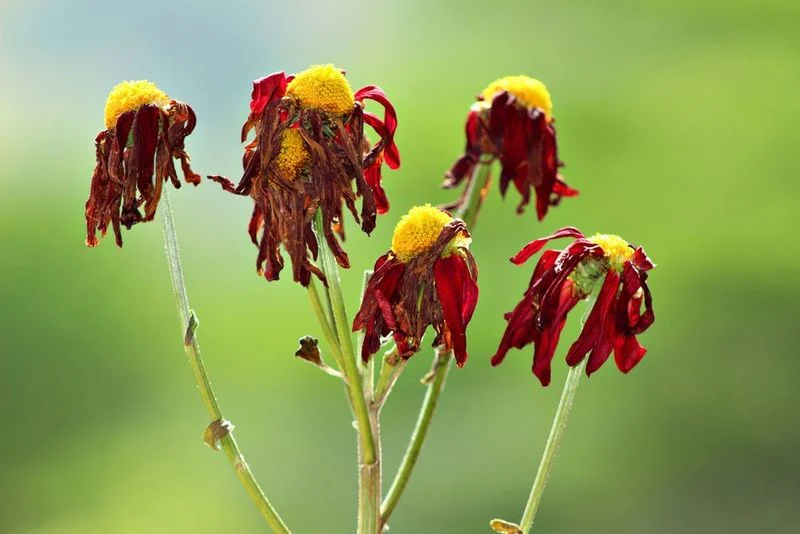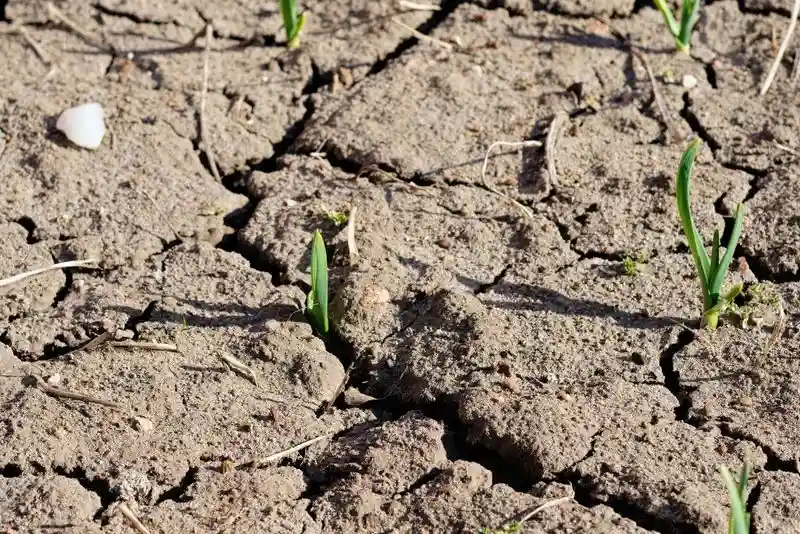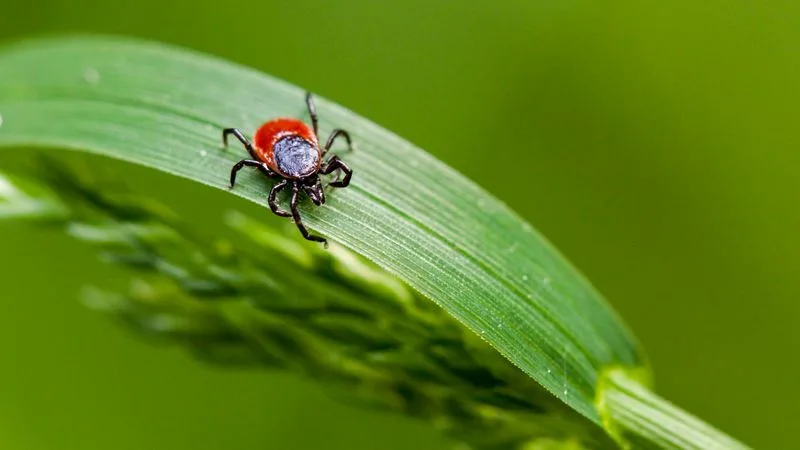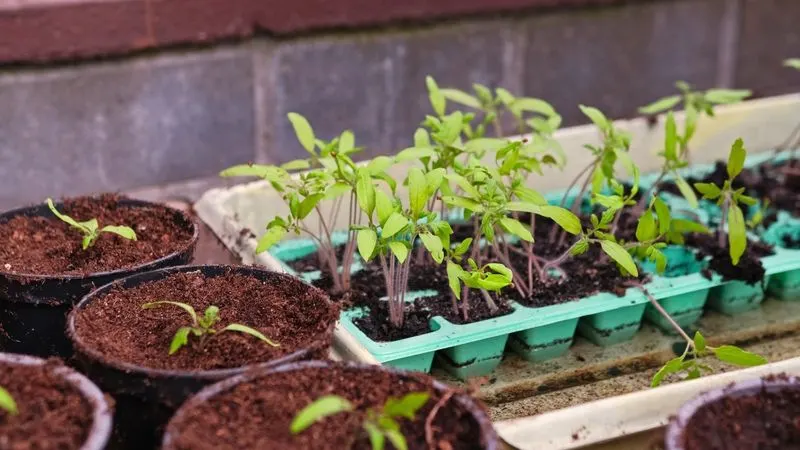It’s a tempting experiment—plant the garden, walk away, and just see what happens. No hoses, no schedules, no dragging watering cans around in the heat. Maybe nature will take over. Sometimes it does, at least for a while. But more often than not, the results are a mix of surprises, disappointments, and a few unexpectedly tough survivors.
What actually happens depends a lot on what you planted. Some plants shrug off dry spells like it’s nothing. Others start crisping up after a single week without water. A no-watering garden will quickly reveal which plants were truly suited to your climate—and which ones were only pretending. If you’ve ever been curious about what thrives (or fails) without your help, this is what to expect.
Wilting Plants

In the scorching sun, thirsty plants droop like tired travelers. With leaves sagging and stems bending, the garden appears weary. The lack of water results in wilting, where plants conserve moisture by collapsing in upon themselves. This is the first visible sign of distress.
Though some species are resilient, prolonged dehydration leads to irreversible damage. Plants may lose their lush, green hue, turning dull and lifeless. Wilting can be deceptive, as some plants recover overnight with dew, but the constant battle against dryness takes a toll.
Without intervention, this cycle continues, spelling demise for delicate blooms.
Soil Degradation

Without water, soil becomes a barren desert. The once fertile ground hardens, forming cracks reminiscent of parched earth. Nutrients, once abundant, diminish as microbial life struggles to survive.
Compacted and lifeless, the soil loses its ability to support growth, making gardening efforts futile. Insects and worms, vital for aeration, abandon the harsh environment, exacerbating the degradation.
This transformation is not just physical; it’s a silent cry for revitalization. Restoring vitality requires time, effort, and, most importantly, water to breathe life back into the earth.
Increased Pests

A garden without water becomes a haven for pests. As plants weaken, they become susceptible to insect attacks. Aphids, beetles, and caterpillars find easy targets, feasting on the feeble foliage.
This imbalance disrupts the ecosystem, leading to unchecked pest proliferation. Natural predators, unable to thrive in such conditions, leave, exacerbating the problem.
The garden’s defenses crumble, leaving it vulnerable. What was once a thriving habitat turns into a battleground, with pests reigning supreme. This invasion signifies the chaos that neglect invites, making water an essential guardian against unwelcome guests.
Stunted Growth

Imagine a garden where growth halts. Unwatered, plants struggle to reach their potential. Stems remain short, leaves small, and fruit nonexistent.
The growth process slows, with nutrients scarce and photosynthesis inefficient. This stunted development is a direct result of dehydration, where roots fail to absorb what they need.
For gardeners, it’s a disheartening scene. A once promising plot turns into a shadow of its potential, a reminder of the vital role water plays in nurturing life. This scenario serves as a warning and a learning opportunity.
Loss of Biodiversity

A garden without water loses its soul. Biodiversity fades as water-dependent species vanish. Birds, butterflies, and bees, essential for pollination, find little sustenance, leaving barren silence.
This loss is profound, altering the garden’s character. What was once a vibrant tapestry of life becomes monochrome. The intricate balance collapses, affecting even the most resilient inhabitants.
Restoration requires intentional effort, reintroducing diversity and fostering an environment where life flourishes. A stark lesson, the absence of water reveals the fragility and interconnectedness of nature’s web, urging us to cherish and protect it.

